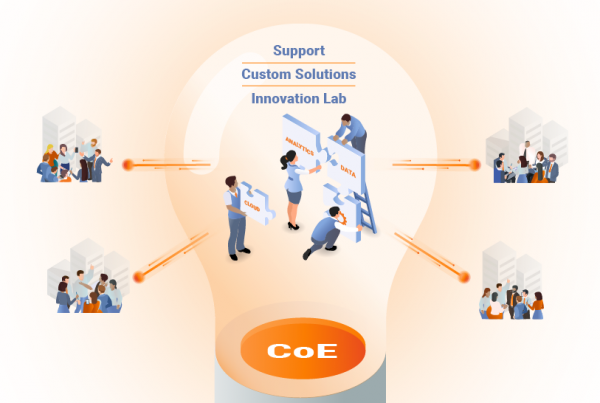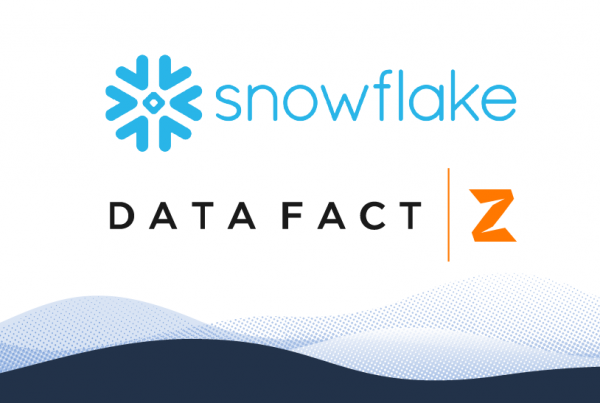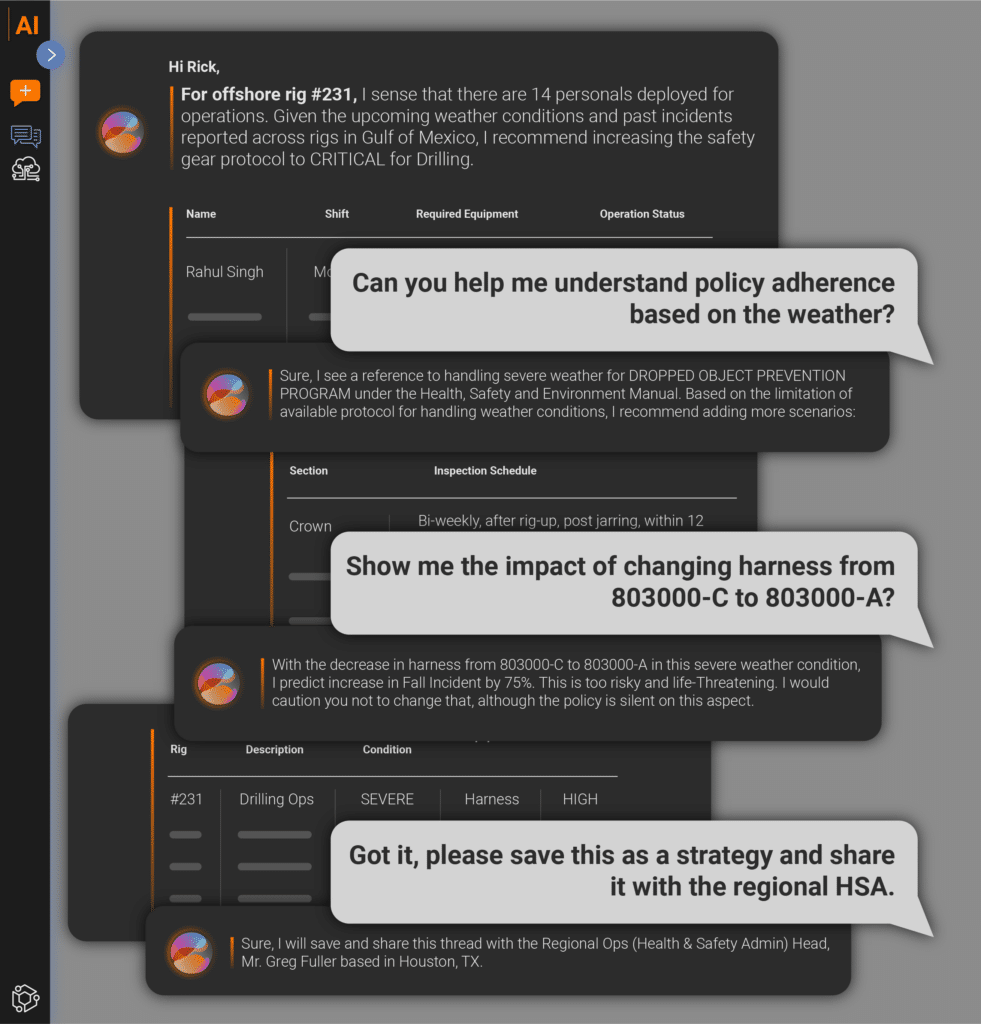Everyone in the IT business attempts to make the most of the dollar they have. The whole IT business is thriving to make dollar the most expensive currency there is. It is no surprise that things will tend to be more and more towards this direction as the key to this would be doing more work with less money in the future. But, data does not go as per everyone’s comfort and wishes. Rather the complexity increases with every moment passing by and the volume also becomes immense day by day. But, this cannot be the excuse to ward off clients and other business counterparts from a demand to give quality data in an urgent manner. So, while the budgets decrease, agility becomes the crux of the success story if you want to write any while undergoing a business change constantly.
Agility for working in parallel
Based on customer’s selection criteria, there are certain characteristics that a data integration system must have. The first issue, of course, is the agility in terms of parallel processing. Multiplicity of tasks is a common feature in today’s IT industry. Hence, it should be able to handle at least six common scenarios. It should use the available resources to its best and add versatility to its system. Also, as organizational needs become more and more challenging, it should be able to deal with such changes. Data Warehousing, B2B data exchange, MDM are some of the use cases that has to be managed by this system.
Productivity of staffs
Productivity is a bit complicated issue since different users have varied experience of all the tools and there is no normalization of such an experience. Hence, the time for first project to get started and get going has been the standard to understand comparative analysis of productivity. It is measured in terms of the source complexity and also of its target systems. Basically, the project’s developmental stage is taken into consideration. Bloor Research, in their report of comparative analysis in terms of costs and uses for platforms meant for data integration, have given a detailed analysis of both productivity and agility.
TCO or total cost of ownership
Taking a different route from the usual ones, TCO can be assessed in terms of other costs. Rather than taking the usual initial cost and 3 year costs in consideration to evaluated, one should include the complexity factor of the projects and the number of the projects that were supported by the solution. Complexity can be understood in terms of the sources and targets, and also the scale of solution’s support target. Hence, understanding TCO takes a different turn altogether in terms of different system. Evaluating the solutions would be the new method to understand the TCO. The whole study is vastly interesting for the reason that it doesn’t stop here and rather goes on to find many more intricate details about data integration platforms. It is an attempt to understand the meaning of data integration in an age where the old ideas are giving away to the new.







